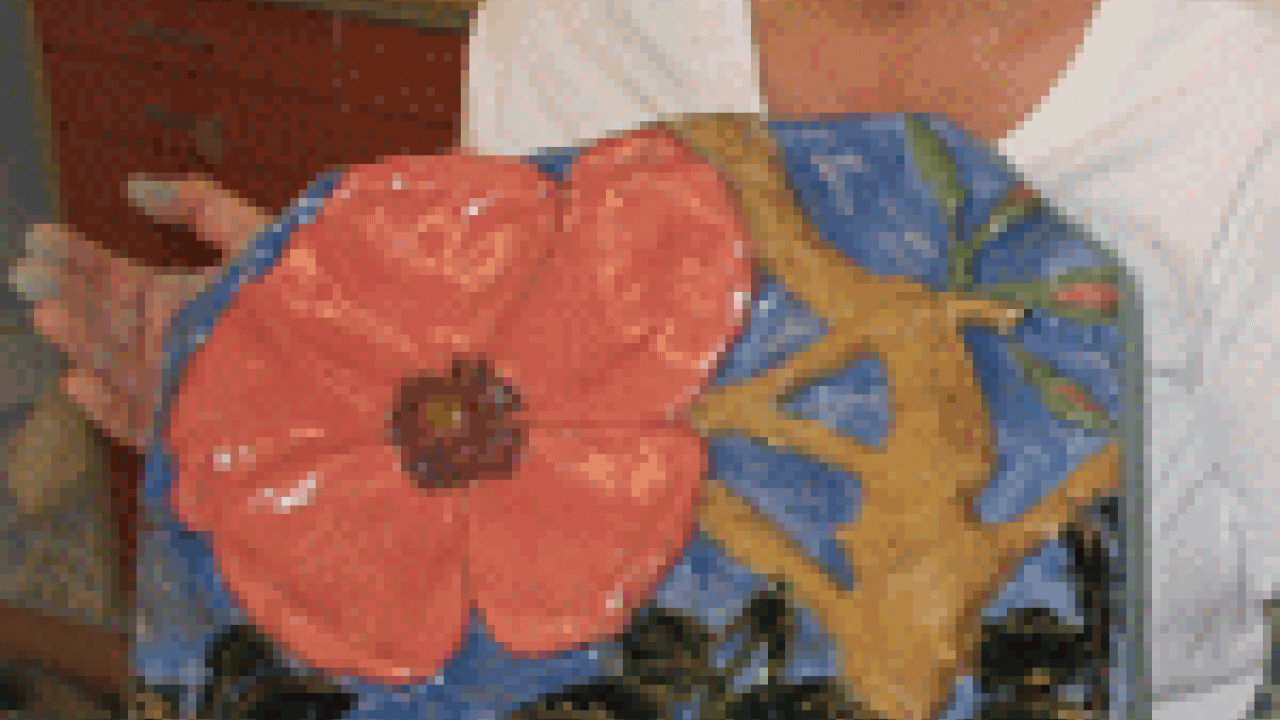Ever since she was 4 years old, catching bugs by hand on her grandparents' Kentucky farm, Diane Ullman has been intrigued by whatever fluttered just beyond her reach.
"I have a strong suit and a failing: I have very broad interests," confessed Ullman, an entomology professor and associate dean for undergraduate academic programs in the College of Agricultural and Environmental Sciences. "It's hard for me to narrow my interests down. If I focus on one area, I worry about what I'm missing in another area."
That intellectual restlessness drove her to parlay her undergraduate training in horticulture and a doctorate in entomology into a research career exploring plant diseases that are transmitted by insects.
And it has proved to be a boon for UC Davis, where Ullman recently received the 2008 Chancellor's Achievement Award for Diversity and Community, in recognition of her work in recruiting and retaining students, developing innovative programs and creating the Art-Science Fusion Program.
The program grew out of a course that Ullman and Sacramento artist Donna Billick first offered in 2001. The course, which brings together undergraduate students from the liberal arts and the sciences to learn about both areas by making artistic representations of insects, sprang from Ullman's own experience taking a ceramics class from Billick.
"The art bug bit me, so to speak," said Ullman. "I realized that this would be a fabulous way to teach."
Having just completed its eighth year, Entomology 1: Art, Science and the World of Insects, continues to draw a variety of undergraduate students from diverse majors.
Ullman lectures on the biology of insects and Billick assists with artistic training, but they send the students out to the arboretum for further study, where they learn valuable environmental lessons first-hand. The culmination of the course for each student is the creation of a piece of art that is true to the anatomy, physiology and behavior of a particular insect.
"The most spectacular part of the program is the transformation that takes place — the scientists discover that they can express themselves and the artists realize that science is not some far-off, fearful thing," Ullman said. "The thing I see in the students is a new creativity — it's like a new territory for learning."
The process reflects her conviction that "it should be a blast to learn — you don't have to suffer to learn. We deliver a lot of information, and it is rigorous, but we want to make sure they enjoy it," she said.
Once students feel comfortable in a new academic arena — whether it be science or the arts — it is not unusual for them to make a switch in their major area of study.
"It happens all the time," Ullman said. "I'd say I'm responsible for the entrance of two to four new majors to entomology every year. And we also get students who go from the biological sciences to art, or to double majors, which is great. Students realize that they don't have to leave this other love behind."
The World of Insects class led Ullman and Billick to develop the UC Davis Art-Science Fusion Program, which has attracted other faculty members.
Atmospheric scientist Terry Nathan now is teaching a photography class that explores the common ground between art and science, and biologist Wendy Silk, who studies plant-soil-water interactions, has developed a class titled Water in Science and Song, which aims to give students an appreciation of water and scientific concepts through performance art.
Ullman and Billick also coordinated the Nature's Gallery exhibit, featuring 130 large ceramic tiles of plants and insects, created by nearly 50 UC Davis students, and faculty, staff and community members.
The outdoor exhibit was on display last summer at the United States Botanic Garden on the National Mall, across from the Capitol in Washington, D.C. It has since returned to campus and is awaiting installation as part of the Arboretum GATEways Project — GATE stands for Gardens, Arts and The Environment.
Ullman is delighted that the public will have access to this tangible fusion of the arts and science, a concept she is convinced is of vital importance to society, as a whole.
"Whenever you bring two areas together, you allow for creativity and problem-solving that can't exist in the separate realms," she said. "It is so critical that there be a way for people to understand what is happening to the planet."
Best part of your job:
"When I get to be involved in some type of creative solutions, whether it is new curriculum or a new course or new avenues for faculty members or students. It's so rewarding when I'm able to help a student find a creative solution to their situation. My favorite thing about being in the academic environment is the young people.
Pet peeve:
"Narrow-mindedness; I'm distressed when people can't see beyond their own point of view. It applies in an academic setting; people are very much in their own silos. The Art-Science Fusion allows me personally to overcome that. If we can just hold firm to our own convictions, we can carry people out of their narrow-mindedness."
Favorite spot:
"The Ruth Storer Garden is my absolute favorite place on campus — it has the Shields Oak Grove in the background and the gazebo. It's a peaceful, inspirational place."
What food is always in your refrigerator?
"Yogurt; it lasts for such a long time. If you've put off shopping and you go home, you'll always find that one last carton of yogurt."
Read any good books recently?
ArtScience: Creativity in the Post-Google Generation by David Edwards and House of Spirits by Isabel Allende.
Media Resources
Clifton B. Parker, Dateline, (530) 752-1932, cparker@ucdavis.edu
